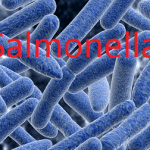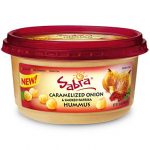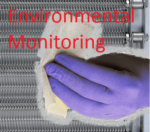fasdf@sadf.tu
More Recalls Due to Salmonella in Valley Milk Products
As reported earlier, environmental swabs collected during the FDA inspection (July-September 2016) of Valley Milk, confirmed the presence of Salmonella meleagridis on food contact surfaces (used after product pasteurization) of dry nonfat milk powder and buttermilk powder packaged in 40 and 50 pound bags. The powder milk and buttermilk from Valley Milk were not sold directly to consumers, but rather used as ingredients in a number of food products. Numerous companies used Valley Milk powdered milk and buttermilk and consequently their products were recalled causing a ripple effect. FDA advised the companies that purchased Valley Milk products that they need to take action...
fasdf@sadf.tu
More Listeria recalls in the News
In the past, the standard for recalls has been confirmation of a contaminant on actual finished product. In elevating their standards, with the requirement of environmental monitoring programs, including pathogen environmental monitoring programs (PEMPs), the FDA is expanding their criteria for recalls to include presence of contaminants in the general environment. More products are being recalled due to the finding of especially Listeria in the environment. In some cases this has caused a wave of recalls due to a contract manufacturer or a supplier that found Listeria in their environment, contact areas and products. This is part of the shift...
fasdf@sadf.tu
Environmental Monitoring and FSMA
Why Monitor the Environment? The requirement for environmental monitoring is mentioned under CFR 21 section 117.165 “Current Good Manufacturing Practice, hazard analysis, and risk based preventative controls for human foods”. It requires a facility to conduct validation and verification activities, as appropriate to the nature of the preventive controls, to ensure a clean facility. The validation efforts are based upon a safety plan that is related to hazard analysis. However, because of differences between facilities, the FDA does not define specific factors associated with developing an environmental monitoring program. Instead it is stated that they are required to “be adequate for their...
fasdf@sadf.tu
Salmonella outbreak due to consumption of seaweed
The Hawaii State Department of Health is investigating 14 cases of Salmonella infection on Oahu. The infection is linked to raw fish called limus Poke (a raw fish salad containing seaweed Limu).Seaweed is frequently served as a side dish at meals in the Pacific Islands and is a common component in the diet of many persons living in the Pacific Rim. Seaweed is often harvested at beaches, gathered in near shore waters, or purchased at local markets. Reported cases include both children and adults. All of the cases developed diarrheal illness from mid- to late October and four have required hospitalization. The tainted limu...




